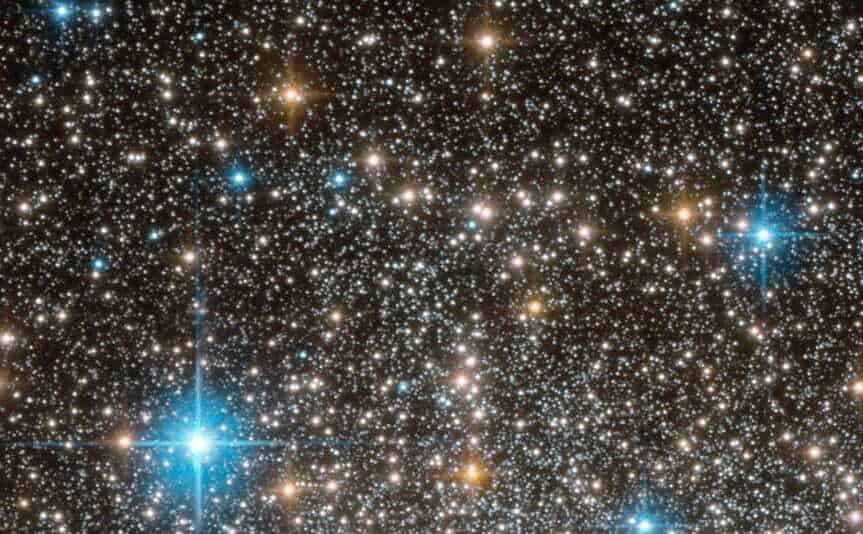

Take a moment to envision yourself standing in the heart of the Sahara Desert. The vast expanse of sand stretches out before you, extending as far as your eyes can see. To your right and left, there is nothing but sand. Even beneath your feet, the sand continues endlessly. This pattern repeats itself for hundreds of kilometers. Take a moment to kneel down and collect a handful of sand. Observe the countless grains that rest in the palm of your hand. Now, consider the sheer magnitude of sand present in the Sahara Desert alone. Keep in mind that this desert is just one of many found on our planet…
To illustrate something of immense magnitude, people often use analogies like the number of stars in the sky or the number of grains of sand on Earth. However, let’s delve into it further today – which of these colossal numbers is truly larger? Which one will reign supreme? (And yes, please return from the Sahara to your cozy Birobidzhan already 😁).
What is the quantity of sand on Earth?
It may be hard to believe, but scientists have recently spent time contemplating this very question. Their first approach was to attempt a straightforward calculation of the quantities involved. A team of researchers from the University of Hawaii employed an interesting technique to estimate the number of individual grains of sand on our planet.
No, the scientists did not venture to the shoreline armed with magnifying glasses and commence a tedious task of counting each and every grain of sand, meticulously organizing them into tiny boxes (perhaps for feline companions)😉. Instead, they determined the average size of a single grain of sand. From there, they calculated how many grains of sand of that size could fit into a standard teaspoon. Subsequently, they started gathering grains of sand with teaspoons and multiplied that total by the number of teaspoons required to fill all the beaches and deserts on Earth.
What is the total number of stars in the universe?
When it comes to determining the total number of stars in the universe, one must first define what is meant by the universe. If we are referring to the observable universe, the number of stars is astronomically large. From Earth, an individual with average eyesight can see approximately 10,000 stars when looking up at the night sky. This count includes stars visible from both the northern and southern hemispheres. However, when observing from only one hemisphere, the maximum number of visible stars is around 5,000, depending on various factors such as the time of year, weather conditions, and light pollution.
However, when considering all the stars in the observable Universe, the situation changes drastically. It is estimated that there are at least 500 billion galaxies filled with stars in the observable portion of the Universe! Moreover, our Milky Way galaxy alone is home to a staggering 400 billion stars. Other galaxies possess varying quantities of stars, with certain spiral galaxies potentially harboring over one trillion stars. In contrast, some elliptical galaxies may contain a mind-boggling 100 trillion stars. On the other hand, there are dwarf galaxies that possess significantly fewer stars compared to the Milky Way. Thus, let’s consider the number of stars in our Galaxy as an approximate average value.
By multiplying the number of galaxies by the number of stars in our Galaxy, we arrive at a staggering figure – approximately 10 to the power of 24 stars. That’s equivalent to a number with 24 zeros! In other words, there are about a million times more stars in the actual (and this distinction is crucial!) portion of the Universe than there are grains of sand on planet Earth! This number is simply beyond comprehension.
These calculations imply that if you truly want to express the depth of your love for someone, you should declare that you love them more than all the stars in the sky! 😁
However, that alone is insufficient.
Nevertheless, it appears there is an even more astounding comparison to be made. Science author David Blatner once penned a book titled Spectra: Our Astounding Universe, From the Smallest to the Largest. In this book, he stated that if one were to count all the molecules in just 10 drops of water, the resulting number would be equivalent to the number of stars in the observable portion of the universe. Consequently, you might want to express to your significant other that you love them more than the number of molecules in 10 drops of water! 😊
I adore each and every one of you beyond measure, surpassing the abundance of trees that grace our planet. 😘
The expanse of the Universe is immeasurable, with innumerable galaxies, stars, and planets. It is estimated that there are between 100 billion to 200 billion galaxies in the observable universe, each hosting hundreds of thousands to trillions of stars. However, can we truly fathom the sheer quantity of these celestial bodies?
Attempting to Quantify the Vastness of the Universe
Over the course of human history, the enigmatic allure of stars has captivated our collective imagination, prompting us to embark on the quest to quantify their number. Early astronomers resorted to rudimentary techniques, such as visually tallying the stars that adorned the nocturnal sky, in order to approximate their abundance. However, this methodology proved to be inherently flawed, as it solely accounted for the stars visible from our humble abode, Earth.
Thanks to remarkable technological advancements, scientists have devised more sophisticated approaches to tallying the stars. One such method entails employing telescopes to scrutinize stars and ascertain their luminosity and distance. Dubbed photometry, this technique empowers scientists to estimate the number of stars within a specific expanse of space. Alternatively, computer simulations can be utilized to simulate the universe and, by applying well-established laws of physics, derive an estimate of the number of stars present.
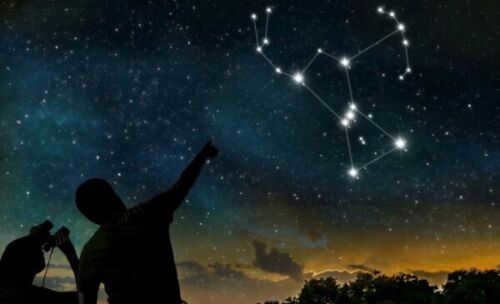
Counting all the stars in the cosmos is a challenging task
Even with all the advancements in technology, the task of counting every single star in the universe remains an insurmountable one. Scientists estimate that the observable universe contains anywhere between 2*10^22 and 2*10^24 stars, a mind-boggling number that is beyond comprehension for us humans. That’s a septillion stars.
2 000 000 000 000 000 000 000 000
Moreover, the universe is constantly expanding, further limiting our ability to observe and quantify its vastness.
Therefore, it is simply impossible to accurately count every single star in the universe.
To sum up, despite humans’ ongoing attempts to tally the stars over the course of history, the immensity and intricacy of the cosmos renders it an insurmountable task. Despite our ability to approximate the quantity of stars via sophisticated technology and simulations, the actual count of stars in the universe will forever remain an enigma. Nevertheless, this enigma merely serves to heighten the sense of amazement and reverence that the universe and its boundless potential inspire.
Video: What is the process for determining the total number of stars in the Universe?
In this informative video, astronomer Michael Hapers provides a detailed explanation of the methodology used to calculate the number of stars in both the Milky Way galaxy and the vast expanse of the observable universe.
When darkness falls and the bright city lights are left behind, the night sky unveils a mesmerizing spectacle of countless stars strewn across the constellations and the Milky Way. Attempting to count them all appears to be an insurmountable task, with the figures reaching astronomical heights, ranging from millions to billions. However, it is precisely this daunting challenge that astronomers are compelled to undertake. Thus, the question arises: just how many stars do populate the heavens above? In this article, we shall endeavor to ascertain the precise figure.
It is a commonly known fact that there are trillions of stars in the observable universe. However, it is important to note that not all of these stars are visible to the naked eye. This is due to the concept of stellar magnitude, which refers to the brightness of a star. Dimmer stars that are closer to us may appear brighter than more powerful ones that are farther away. The lower the stellar magnitude, the easier it is to see a star. However, there is a limit to how faint a star can be seen, even with the sharpest eyes. For the average human eye, this limit is typically around stellar magnitude +7. The exact magnitude may vary slightly depending on factors such as visual acuity and the level of darkness in the sky.
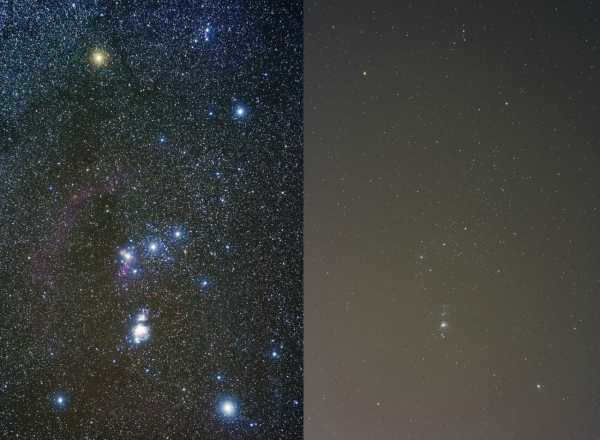
Stars in a telescope (right) and stars visible to the naked eye (left)
In the end, only around 6000 stars can be seen in the sky. However, this number is just an approximation. As we know, the celestial sphere is divided into two hemispheres, with each hemisphere having up to 3000 visible stars. Additionally, some stars are located near the horizon, making them difficult to observe due to the dense atmosphere. Furthermore, the reality of the landscape, including trees, buildings, hills, and other irregularities, reduces the number of stars visible at any given time to approximately 2500.
- It is worth noting that due to these various challenges, large observatories are typically constructed in mountainous regions, far from populated areas. This allows for a less dense atmosphere and a more accessible horizon, particularly on the highest peaks. Mountains located near the sea or ocean are particularly desirable, as the water surface provides a flat horizon.
However, even under ideal observing conditions, such as a dark, moonless night, the number of visible stars is limited. In the summer, the sky is brighter near the edges and city streetlights create additional background light. In heavily populated areas, the number of visible stars can drop to only 200-300. As a result, the best views of the stars can only be obtained in winter, at a distance of at least 5 kilometers from any settlement or illuminated road.


In order to witness a greater number of stars, one must venture far away. The image was captured using a prolonged exposure time.
Stars observed through a telescope, or the total count of stars in the celestial expanse
Nevertheless, humanity has devised methods to overcome the limitations of our own vision. Numerous advanced telescopes, both on Earth and in space, continually expand the observable boundaries of the universe, unveiling new stars and galaxies. Even a simple pair of binoculars can reveal an additional 200,000 stars, while an inexpensive telescope can expose ten times as many!
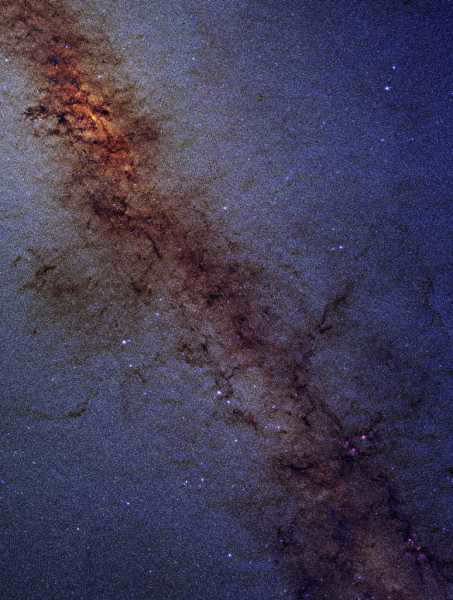
Galactic Center (infrared)
Let’s summarize the final tally. There are approximately 100 to 400 billion stars in our galaxy. The Hubble telescope has found around 100 billion galaxies, and it is predicted that another 100 billion will be discovered soon. Our galaxy is considered to be an average one in terms of star count – there are larger and smaller ones out there.
Let’s utilize the known figures and calculate the total number of stars in the sky together. We have 100 billion galaxies, each containing 100-400 billion stars. If we multiply 1011 by 1011, we get 1022 stars, which is equivalent to 1,000,000,000,000,000,000,000,000,000,000,000,000,000,000,000,000,000,000 stars in the sky. And this is just a conservative estimate! If there are more galaxies or stars, the number increases exponentially.
Due to the numerous conventions and inaccuracies, astronomers seldom attempt to provide a precise calculation of the quantity of stars in the celestial sphere. The sheer multitude of stars makes it impossible to clearly perceive and distinguish each one. This is particularly true in far-off galaxies, where they frequently appear to be a solitary faint star.

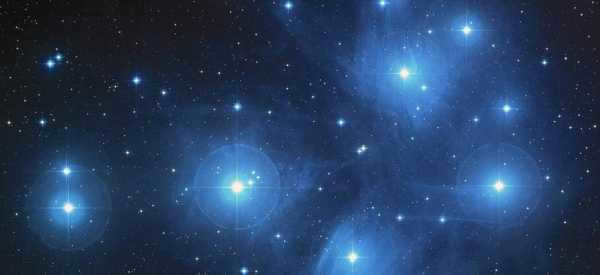
Stars
The night sky, when the sun is outshone by the stars, is an awe-inspiring view. The quantity of these celestial bodies, as any observer can see, is quite substantial, but precisely how many stars are there in the sky? Undoubtedly, countless individuals who have been captivated by the celestial panorama have attempted to tally their quantity since ancient times.
A Journey Through History
Stellar magnitudes
Ancient astronomers, such as Hipparchus, believed that all celestial bodies, including stars, were situated on the surface of a single sphere. This implied that the distance between each body and the observer was equal. The only distinguishing factor was their brightness. The objects with the highest luminosity were assigned the first magnitude, while those with the lowest were designated as the sixth. Hipparchus’ catalog comprised:
- 15 stars categorized as first magnitude;
- 45 stars falling under the second magnitude;
- 208 stars belonging to the third magnitude;
- 474 stars classified as the fourth magnitude;
- 217 stars falling into the fifth magnitude;
- 49 stars categorized as the sixth magnitude, which included the dimmest stars.
It was additionally determined with accuracy that the stars radiate light unevenly and, furthermore, are positioned at various distances from the planet. Furthermore, apart from the visual technique for determining their brightness, a photographic method as well as a bolometric method are currently employed.
Click on the image to enlarge
What can be seen with the naked eye
Since human vision has remained unchanged since ancient times, the number of stars that a person can see without additional instruments has also remained the same. It is now known that there are trillions of stars in the universe, even if we only consider the ones that are visible to the naked eye. However, most of these stars can only be seen with the help of instruments.
The naked eye can only see stars with a magnitude of about +7. The exact value depends on the observer’s vision and the darkness of the sky. Under the best conditions, objects with a magnitude of +8 can be seen, while under the worst conditions, only stars with a magnitude of +6 are visible.
Consequently, an individual who refrains from using technological devices can behold a grand total of 6000 celestial bodies. It is important to note, however, that the expanse of the sky is divided into two hemispheres, each offering a maximum visibility of 3000 stars. Moreover, due to certain factors, such as the presence of luminaries near the horizon and atmospheric conditions, the clarity of vision is hindered. The presence of natural elements, such as hills and mountains, as well as man-made structures like forests and urban landscapes, further obstruct the visual access to these stellar entities. Consequently, the actual number of stars that a casual observer can perceive is reduced to a mere 2500. To mitigate such obstructions, research facilities are constructed at higher elevations and far away from urban areas.
However, even with these 2500 stars, they can only be seen by a sky watcher if there is no moon at night and no other sources of illumination, such as a standard flashlight. If these conditions are present, then the number of visible stars is reduced to 200.
What the naked eye can see
After Hipparchus, humanity discovered various tools for observing the sky, including standard binoculars. With any of these devices, you can see 200 thousand stars. Telescopes, even moderately powerful ones, can double this number. However, even with these devices, the observer will not be able to see the multitude of objects in the Milky Way, as they are obscured by its central part. Additionally, a person’s gaze can only reach a distance of up to 45.7 billion light years.
Total count
Therefore, the inquiry about the number of stars in the sky yields astronomical figures. In the galaxy where Earth resides, there exist a solitary count ranging between 100 and 400 billion. Nevertheless, the tally of discovered galaxies currently amounts to 100 billion, with the expectation of uncovering more. In the meantime, our Milky Way is considered average in terms of star quantity, meaning that other clusters will have either more or fewer stars.
Consequently, if we were to simply multiply 100 billion galaxies by 100 billion stars, the result would be 10^22. However, it is important to note that this is a basic estimation. If we were to assume that the average number of stars per galaxy is higher, the overall count would increase. Nonetheless, astronomers are unable to differentiate stars in distant galaxies since they essentially merge into one luminous entity.
The night sky. Stars. An enchanting view! Shining constellations. The captivating sight of the Milky Way. How numerous are the stars in the sky? I ponder if there exists at least a solitary individual who, with joy and indescribable wonder gazing at the celestial luminaries, would not pose this query? And perhaps numerous have even attempted to tally them.
A brief history
Do you have any knowledge about the individual who initially disclosed the number of stars in the sky? How many years have passed since that time?

Around 2500 years ago, the ancient astronomer Hipparchus created the initial star catalog. What inspired Hipparchus to document the stars? It is likely that he was fascinated by the sudden emergence of a new, exceptionally bright star. Such a momentous event would have undoubtedly made a lasting impression on an astronomer. Consequently, Hipparchus made the decision to meticulously record all observable stars, so as not to overlook the appearance of any future celestial bodies. As a result, the astronomer documented a total of 1025 stars, meticulously noting their coordinates and magnitude.
Undoubtedly, the process of observing stars commenced long before the time period mentioned. The astronomers of ancient times also contributed their efforts, however, regrettably, only fragments of their work have survived. Consequently, the initial compilation of stars is credited to Hipparchus. He classified all the stars into six distinct categories, primarily based on their brightness. This is when the concept of “stellar magnitude” was first introduced. Naturally, the magnitude scale devised by Hipparchus underwent modifications and refinements over time.
About stellar magnitudes
In ancient times, there was a belief that all celestial luminaries were situated at an equidistant distance from the Earth since they existed within the same sphere. The stars that appeared faint and barely discernible were designated as having the sixth magnitude, while the most brilliant stars were assigned the first magnitude. In Hipparchus’ compiled catalog, there were 15 stars of utmost importance, 45 stars in the second place, 208 stars in the third place, 474 stars in the fourth place, 217 stars in the fifth place, and 49 stars (along with several nebulae) in the sixth place.
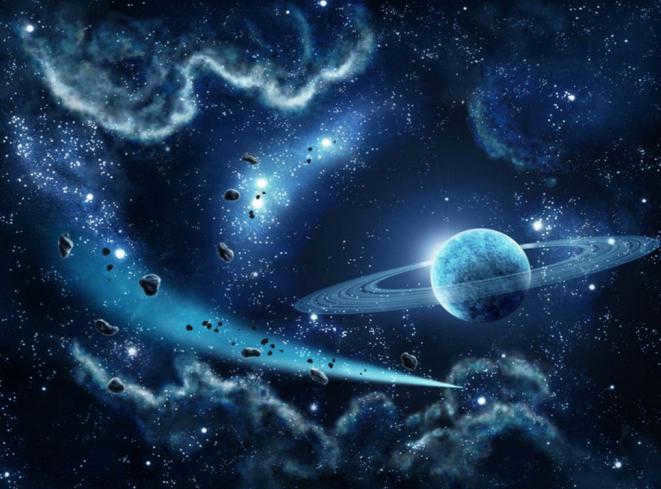
As time passed, astronomers made new discoveries, gained more experience, and accumulated knowledge. It wasn’t long before they realized that the radiation emitted by stars is not uniform, and that they are located at varying distances from Earth. This led to the development of new classifications for their magnitude, such as visual, photovisual, photographic, and bolometric.
Counting Together
It is highly unlikely that even the most authoritative modern astrologer will be able to answer the question of how many stars exist in the sky. This is completely understandable. Who are we to challenge the wisdom of the ancient sages who claimed that counting the stars is as difficult as counting the grains of sand on Earth! However, we can try to come up with an approximate estimate.
So, what do we need in order to calculate the number of grains of sand? We will require data on the coastline area (which can be obtained from a satellite) and the average thickness of the sand layer. With this information, we can determine the volume of all the sand on the planet (V-z). The only thing left to do is to measure the volume of one grain of sand (V-p). Are you following along? By dividing V-z by V-p, we can obtain an approximate number of grains of sand. Of course, this number will be an approximation, but it’s a start.
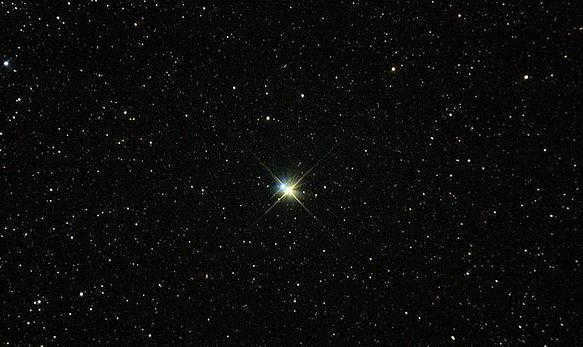
Using the same method, we can approximately calculate the total number of stars in the night sky. The concept is identical, except instead of beaches, we consider galaxies. Let’s perform the calculations. Our galaxy contains around 10 or 12 stars. How many stars exist in the entire Universe? We will leave the joy of answering this question to you, but here’s a small clue: there are approximately the same number of galaxies – 10^12.
All you need to do is multiply.
Naming the stars in the night sky
Centuries ago, humans began giving names to the most brilliant stars in the night sky. These include Sirius, Vega, Aldebaran, Antares, and many others. Stars with slightly weaker brightness were identified using letters from the Greek alphabet and numbers. Some stars were not even assigned numbers but were simply recorded on maps, indicating their coordinates and luminosity.
Among the stars, the brightest one in the entire Universe is known as the blue UW Sma. In terms of visibility in the night sky, the leader is Deneb, while Sirius takes the title for the closest star to us, and Venus holds the distinction within our solar system.
Thus, the sequence of viewpoints and conjectures regarding their quantity, incorporating the most recent insights and investigations, can be delineated.
The extent of our comprehension of the cosmos
Centuries ago, during Plato’s era, the scientific community subscribed to the notion that the quantity of entities within the Universe was identical to what is observable to the naked eye.
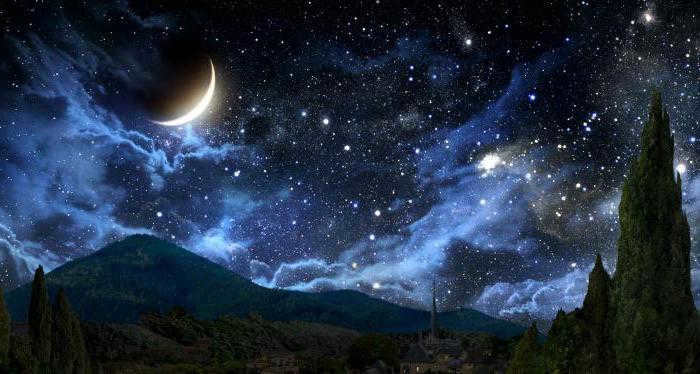
A total of three to four thousand stars were counted. However, the understanding of the cosmos during that time was fundamentally different from the modern interpretation.
During the Middle Ages, John Lippersguy invented the first telescope in 1608, which allowed for the observation of distant objects. This breakthrough led the scientific and philosophical communities to direct their first telescopes towards the night sky. It quickly became apparent that the number of stars in the universe exceeded what could be observed with the naked eye. The telescopes revealed a vast multitude of stars and made previously invisible objects accessible to scientists and philosophers. While these early telescopes were primitive, consisting of only two lenses, they proved to be more effective than human eyes.
Despite this, stars and galaxies were considered to be the same entity during that period. The concept that a galaxy could contain billions of stars had not yet been established, resulting in a distorted understanding of the total number of stars in the universe.
Advancements in Technology and Opportunities
A century later, in the 18th century, the capabilities of telescopes increased significantly. This breakthrough allowed scientists to observe previously unknown objects in the universe. By that time, approximately one hundred thousand stars had become visible for observation. The ability to see has always been limited by our civilization’s understanding of the number of stars in the universe at different stages of knowledge.
Nowadays, the resolving capacity of optical devices has been enhanced significantly, surpassing the original thirty-fold telescope of Galileo Galilei.
With the introduction of the Hubble orbiting telescope, this number has further multiplied by an additional 7-9 times.
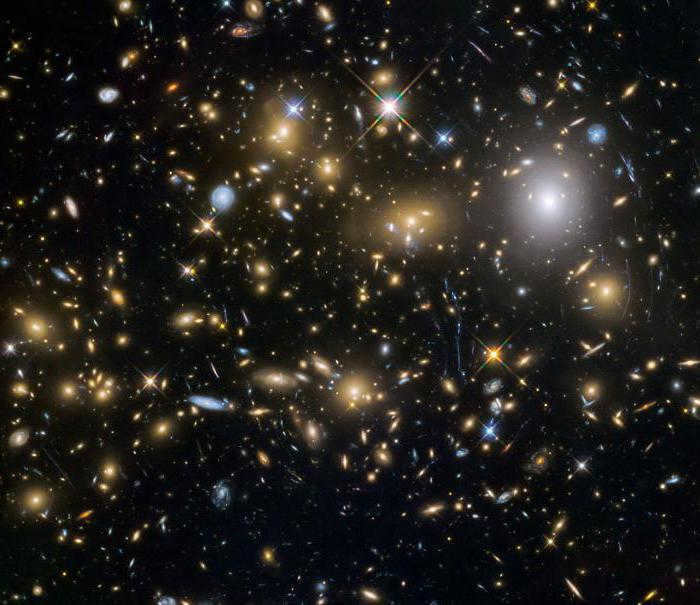
Astronomers worldwide have been granted a glimpse into previously unexplored territories of the Universe. Scientists believe that to ascertain the total number of stars in the Universe, it is crucial to comprehend the quantity of galaxies it contains and its overall size. This is due to the influential presence of gravitational forces that bind the stars within the galaxies.
The observable portion of the universe
Preliminary estimates suggest that there exist over seven trillion galaxies within the visible expanse of the cosmos, spanning approximately 14 billion light years. However, experts posit that nebulae and cosmic dust obscure around 90% of these entities, potentially inflating the count to seventy trillion.
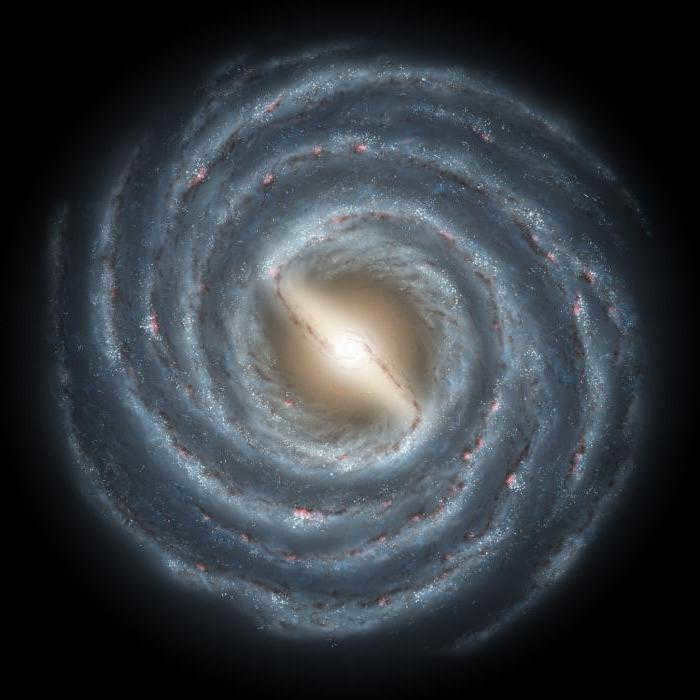
Every galaxy contains billions of stars. The number of stars varies depending on the size of the galaxy, ranging from a few million to a trillion.
Currently, scientists estimate that there are approximately 10 to the power of 24 stars in the observable universe. However, it is impossible to determine an exact number due to various factors. Not all objects are visible to us, and the exact size of the universe is still unknown. Advanced optical technology is continuously studying the stars and constellations in the observable space, leading to the discovery and classification of new galaxies. Each object is individually examined and researched.
In the past, astronomers relied on the optical method of observation, which had limitations in detecting all objects within the observed space.
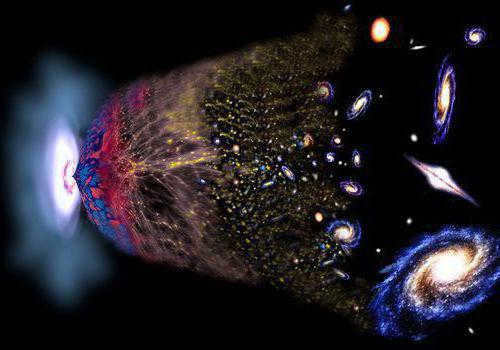
As a result, scientists around the globe are conducting additional research in the infrared and X-ray spectra. This investigation demands a significant amount of time. Consequently, the catalog is constantly being updated with newly discovered celestial bodies. The count of identified objects is consistently on the rise.
For instance, in 2014, the new Ultra Deep Field telescope inspected a mere 1/13000000 portion of the observable sky and unveiled roughly ten thousand galaxies within that specific region. This wealth of information necessitates meticulous processing and analysis for a more comprehensive comprehension of the universe’s structure.

